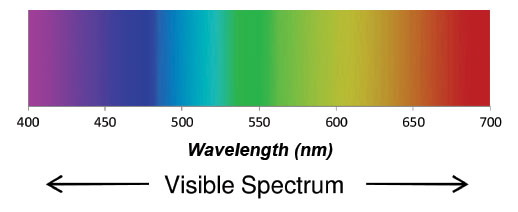I dont understand why in the LED-world a 460nm light is BLUE
But in the Metal-Halide world the same 460nm "peak" looks most WHITE
Examples:
Hamilton 20k MH with light looking mostly WHITE

460nm LED Diode that definitely looks BLUE

But in the Metal-Halide world the same 460nm "peak" looks most WHITE
Examples:
Hamilton 20k MH with light looking mostly WHITE
460nm LED Diode that definitely looks BLUE














